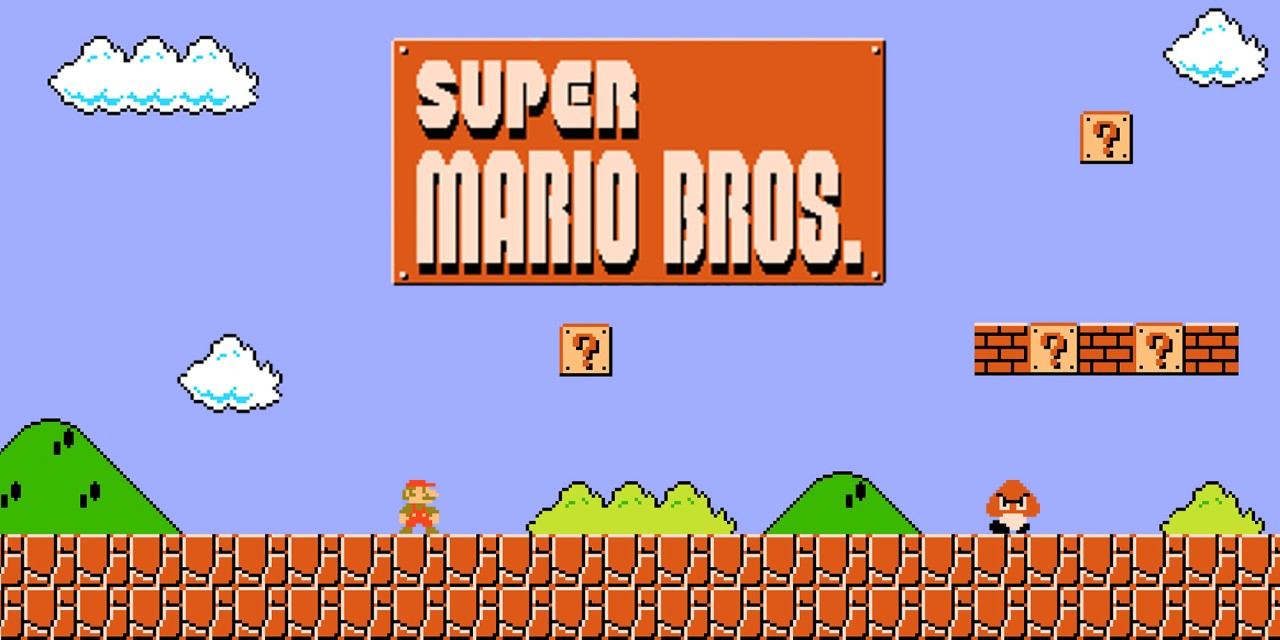Why freelancers should turn down more work
Saying ‘no' to work regularly is the key to your long-term success as a creative freelancer, says David Mahoney.

For a long time I've been juggling freelance illustration work, art college projects, a university degree, a social life and regular exercise. Friends and colleagues are always asking me how I manage to fit it all in. The short answer is that all comes down to managing your time effectively. And part of that is about learning to say 'no' to work.
This isn't just about turning down free or badly paid work, or projects that seem laden with problems from the start. It's also about finding work that you are passionate about, and having the discipline to focus all your energies on that, and that alone.
The value of time
It's easy to think that career development is about taking on more and more responsibilities or projects, but I believe that failing to value our most precious finite resource – time – and letting ourselves become distracted by external forces can be destructive to the creative process.
So personally, I try to avoid things that don't contribute to my goals, and instead aim to eliminate these external forces from my life – a not-to-do list, if you will.
When you're self-employed, it's natural to want to accept all the paid work you can get your hands on
When you're self-employed, it's natural to want to accept all the paid work you can get your hands on. But I'd argue that the best way to become a successful freelancer in the long term is to choose only clients you'd like to work with in the future.
This will often lead to some downtime, which would otherwise have been spent working on projects you weren't so passionate about. This time should be spent productively, trying to develop skills and building a well-rounded portfolio, which will allow you to focus on what matters to you, for your creative work.
We all know that clients hire you based upon the work you've already produced. Trying to get them to hire you based upon styles or skills that you have no experience in or examples of will, ultimately, be unsuccessful.
Daily design news, reviews, how-tos and more, as picked by the editors.
Using your time to create work tailored to the new types of clients you want to attract will be far more useful in the long term than working on lower-quality client work you are never going to showcase on your portfolio.
New opportunities
This approach may sound counter-intuitive, but it's certainly worked for me. Two years ago, I devoted six months to learning animation – and it's now a skill set that I am regularly hired for. Animating my ink illustrations distinguishes me from other people in my field and has opened up more opportunities for me as an freelance illustrator.
I'm not suggesting you turn down paid work at the expense of maintaining your income, or use it as an excuse to be lazy. But you should view these external forces as distractions that can cloud your overall vision.
And the next time you are approached to take on a project, ask yourself this question: "Does this work align with my values and advance my goals?" Once you begin to ask yourself that question, it soon becomes easier to focus upon achieving those goals.
This article was originally published in Computer Arts magazine issue 253. Buy it here.

Thank you for reading 5 articles this month* Join now for unlimited access
Enjoy your first month for just £1 / $1 / €1
*Read 5 free articles per month without a subscription

Join now for unlimited access
Try first month for just £1 / $1 / €1
